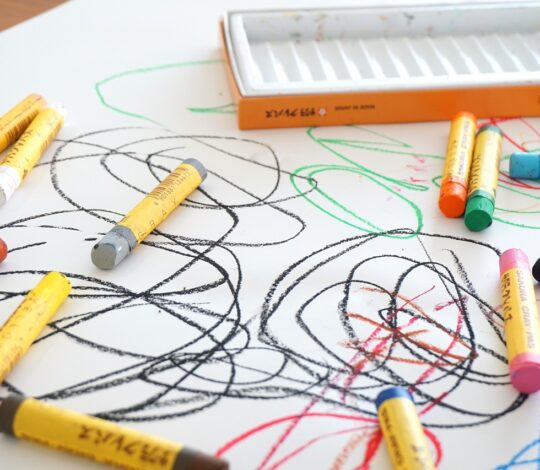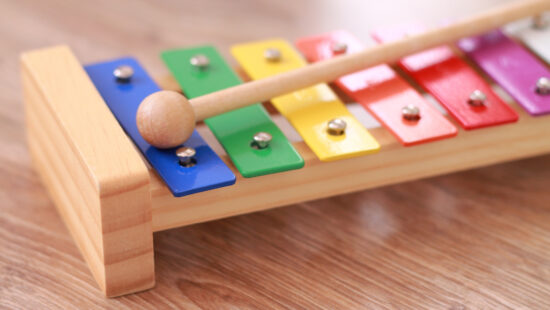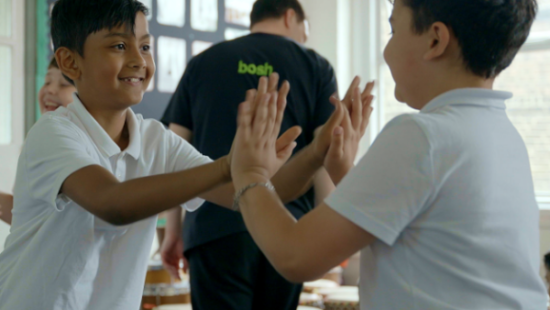How to use graphic scores in the classroom

How to use graphic scores in the classroom
Graphic scores often use symbols to represent musical sounds, gestures, or dance moves. They are accessible and spark creativity, making them an excellent tool for teaching music and movement.
This resource provides practical ideas for using graphic scores in your lessons, helping children learn creatively through movement and music.
Download this resource
Graphic scores are a creative and accessible way to represent music and movement in the classroom. Unlike traditional sheet music, which uses standard notation, graphical scores use visual symbols to represent sounds, rhythms, gestures, or even dance movements. This approach allows students to engage with music in a more intuitive and imaginative way, making it easier for children of all ages and abilities to understand and participate.
Encouraging creativity
Graphic scores offer students the freedom to explore music and movement without the constraints of traditional notation. By creating their own symbols or interpreting pre-made ones, students can experiment with sounds, rhythms, and movement patterns, fostering their creativity and musical expression. This hands-on approach encourages students to think outside the box and develop their own interpretations of music, helping them connect with the subject in a deeper, more personal way.
Supporting diverse learners
Graphic scores are particularly useful in classrooms with diverse learners, including those who may find traditional music notation challenging. By using symbols instead of standard notes, students can engage with music at their own level of understanding. For example, younger students or those with learning difficulties might use shapes or colours to represent different sounds, while more advanced students can interpret more complex graphic scores that include detailed movement or musical patterns. This flexibility allows every student to engage meaningfully with the music, regardless of their prior experience.
Fostering collaboration
Graphic scores can also promote collaboration in the classroom. When students work together to create or interpret a graphic score, they practice important skills such as communication, teamwork, and active listening. As they share ideas and experiment with different representations of sound or movement, students learn to respect each other’s creative ideas and collaborate effectively.
Incorporating graphical scores into the classroom not only enhances students’ musical skills but also encourages creativity, inclusivity, and collaboration, all while making music and movement more accessible to a wider range of learners.


